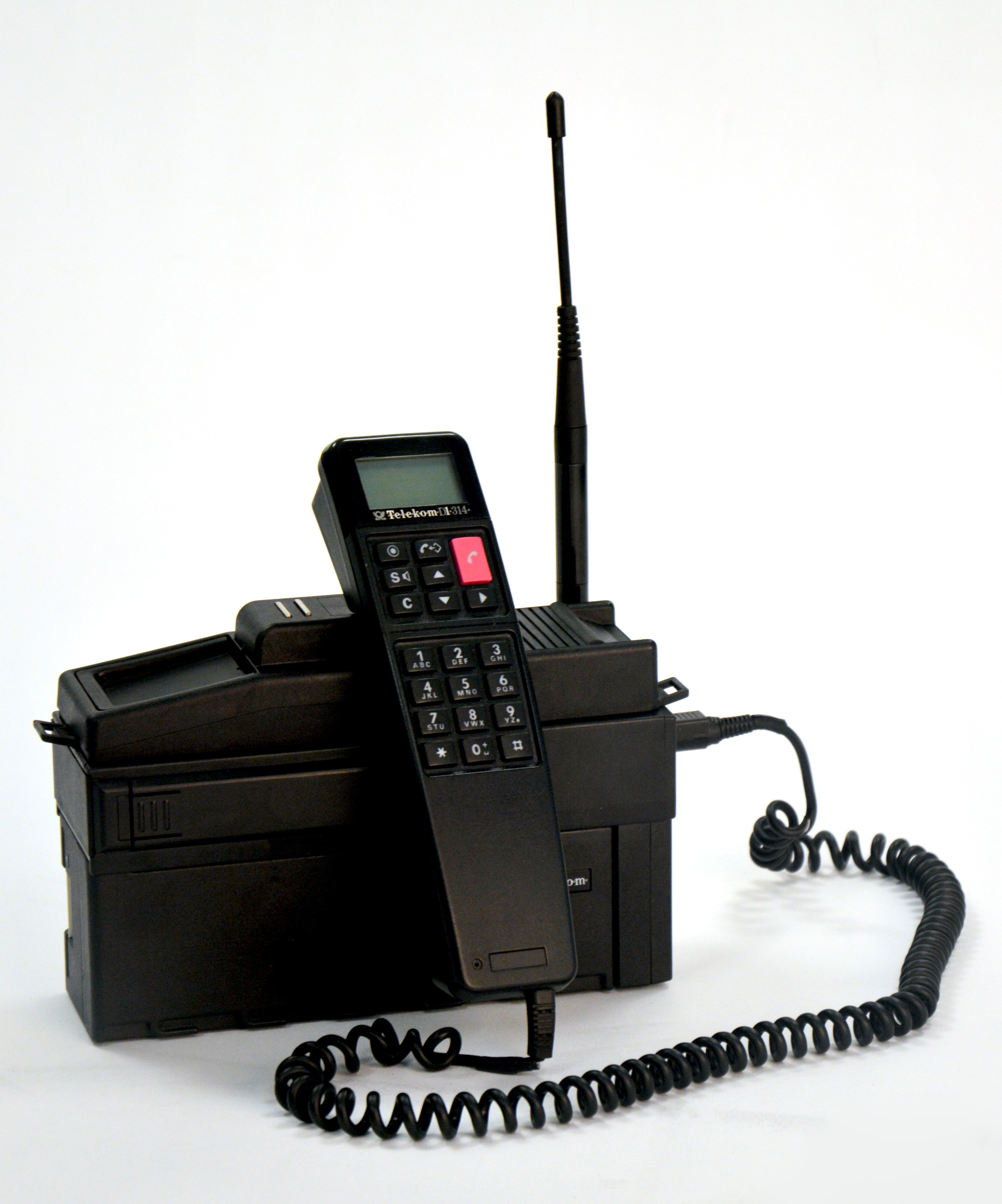Am 1. Juli 1992 hat die Bundespost das digitale D-Netz für Mobilfunk regulär in Betrieb genommen. Zu diesem Zeitpunkt gab es bereits mit dem D2-Netz des privaten Anbieters Mannesmann Mobilfunk einen ernst zu nehmenden Konkurrenten des damaligen Staatsunternehmens.
Mit den beiden D-Netzen sind in Deutschland Mobiltelefone populär geworden, weil die Kosten sanken und mehrere Geräte zur Verfügung standen, die in 17 Ländern Europas benutzt werden konnten.
Siemens hat das 2,2 Kilogramm schwere P1 portable als Handy und Autotelefon gefertigt und an beide Netzanbieter ausgeliefert. Die Telekom hat das Gerät in D1-314 umbenannt. Es kostete 3259 DM bei einer monatlichen Grundgebühr von 79,80 DM. Für jede Gesprächsminute tagsüber wurden noch einmal 1,68 DM fällig. Der Akku reichte für zehn Stunden Standby und zwei Stunden Gesprächszeit.
en

